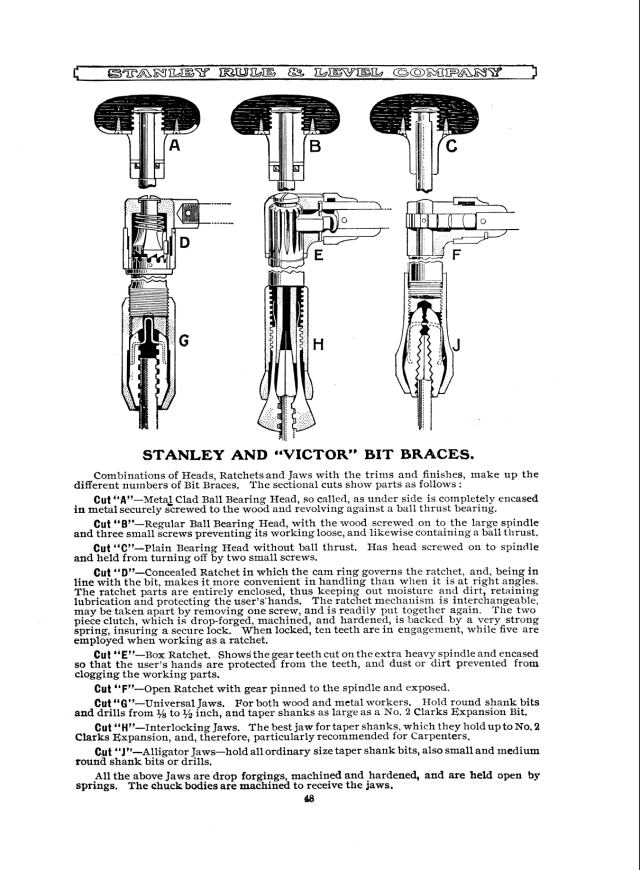A few months back, Daniel Ackermann, Chief Curator and Director of Collections, Research and Archeology at the Museum of Early Southern Decorative Arts, sent a note inviting me to give a presentation at the museum’s March 17-19 conference. As someone who was diagnosed with an incurable condition typically associated with a short prognosis, I replied first with that disclosure, expecting the organizers to change their minds. But the people at MESDA are a hardy lot. They already knew about my condition and said that dealing with the pandemic throughout 2021 had shown them how to roll with the punches. Should it prove impossible for me to attend, Daniel said they’d devise a back-up plan.
I was honored to be asked. Although I haven’t visited the museum, I’d heard of it from distinguished furniture making friends Mike Mascelli, Steve Latta and Bob Van Dyke. A plain Southern cousin to northeastern counterparts such as Winterthur, MESDA had always struck me, personally, as a kindred spirit – a scrappily defiant, sometimes-overlooked storehouse of history and culture no less worthy of appreciation and study. What better way to keep the lessons of history alive to guide our own times than by offering visitors and scholars insights into a region’s material culture, which inevitably reflects its dominant (and less-dominant) social and economic forces? The theme of the conference was especially appealing: “From Forest to Furniture: New Approaches to Materials & Making.”
Pick one or more objects from our collections and use that as your focal point, Daniel suggested. So I pored through the online catalog of paintings, textiles, ceramics, architecture, furniture and more. A few pieces sparked my interest, though connecting to them in any presentation I would want to give felt a little forced. Then, at the bottom of the screen, a gorgeous object leapt into view: a tawny painted blanket chest adorned with dark spots, supported by a decoratively scalloped skirt – it brought to mind a leopard padding through the grass. It was “probably made for Nancy Wyatt Adams who lived in the foothills of Wilkes County before the Civil War.”
The catalog describes it this way:
“Chest joined at the four corners with rather chunky dovetails; base molding, scalloped skirt, and feet made from one piece of wood, three pieces forming the base are mitered at the front corners and nailed on; lid molding is nailed onto front, but each sidepiece was through-tenoned first and then nailed on; sturdy hand wrought pintle hinges holding the lid onto the case; nails used throughout the chest appear to be cut; no till on the interior; first painted with a red/orange base coat and then covered with black dots placed in a somewhat orderly pattern of straight lines.
STYLE: Both the basic construction and unsophisticated decoration of this chest strongly suggest it was a completely homemade product, and not one of an established cabinetmaking shop. As with many “neat pieces,” that is part of its charm.”
Chunky dovetails? Lid moulding nailed on? This “completely homemade product” was my piece. There are plenty of others who enjoy writing about and being associated with All Things Fine. Give me the stuff that someone made with love to serve a daily purpose, rather than as a badge of “success” or “good taste.”
Even more compelling for me than its homespun origins and catlike character is that the Adams’ youngest daughter, Elizabeth, remembered her family packing the chest with treasured possessions and concealing it in a bed of leaves in the forest for safekeeping during the Civil War. Fortunately the chest and its contents survived, presumably undiscovered, and were handed down through the generations before Henry and Nancy’s great-great-granddaughters, Winnie Luffman, Jean Luffman Humber and Lucy Luffman Dearing, donated it to the museum in honor of their mother, Butrice Johnson Luffman.
The piece resonates with me on multiple levels and I’m delighted at the prospect of working with it for a talk about materials and making.
— Nancy Hiller, author of “Shop Tails,” “Kitchen Think” and “Making Things Work.”
Like this:
Like Loading...










